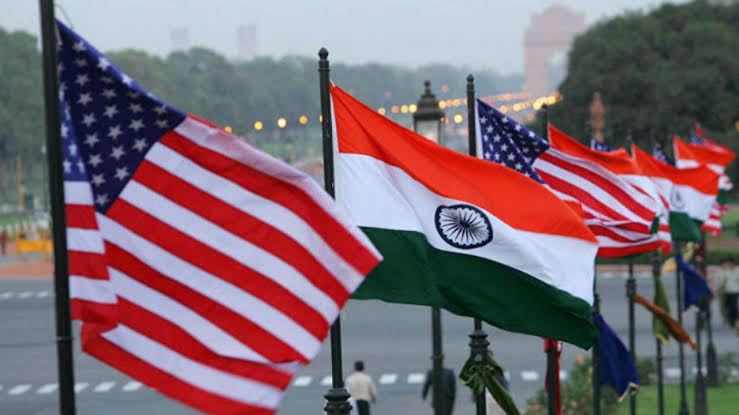New Delhi, July 4 — India and the United States are inching closer to finalising an interim trade pact, with negotiations in their last phase and a conclusion anticipated before July 9, officials confirmed on Friday. However, critical sticking points persist in the agriculture and automotive sectors.
An Indian delegation led by chief negotiator Rajesh Agrawal, Special Secretary in the Department of Commerce, returned to New Delhi this week after a round of talks in Washington held from June 26 to July 2. Although progress has been made, discussions are set to continue virtually or through further meetings to iron out remaining differences.
“Indian team is back from Washington. Negotiations will continue. There are certain issues which need to be resolved in agriculture and auto sectors,” said a senior official familiar with the discussions.
The urgency stems from the looming July 9 deadline, marking the end of a 90-day suspension period of additional tariffs imposed during the Trump administration on several trading partners, including India. On April 2 this year, the United States imposed an additional 26 per cent reciprocal tariff on Indian goods, but suspended its implementation for three months to allow room for negotiations. India is pressing for a complete exemption from these additional tariffs, although the baseline 10 per cent tariff imposed earlier remains in effect.
A key flashpoint has been the automotive sector. On March 26, the US adopted a 25 per cent tariff on imports of passenger vehicles, light trucks, and certain automobile parts originating from India, effective from May 3 and of indefinite duration. India, which exported only USD 2.2 billion worth of auto parts to the US last year compared to Mexico’s USD 36 billion and China’s USD 10.1 billion, has raised objections and flagged the issue before the Safeguards Committee of the World Trade Organization (WTO). It has also reserved the right to impose retaliatory duties on selected US products in response to American tariffs on steel and aluminium.
Meanwhile, negotiations in the agriculture sector remain particularly sensitive. The US is pushing for duty concessions on products like dairy items, apples, tree nuts, and genetically modified crops. However, India has consistently resisted opening its dairy sector in any of its previous free trade agreements and remains cautious given the sector’s political and economic sensitivities.
“India has hardened its position on giving duty concessions to American farm and dairy products,” the official added, highlighting that such measures could face significant domestic opposition.
Beyond these sectors, the US is also seeking tariff relaxations on industrial goods, electric vehicles, wines, and petrochemical products. Conversely, India aims to secure duty concessions for its labour-intensive sectors including textiles, gems and jewellery, leather goods, garments, plastics, chemicals, shrimp, oil seeds, grapes, and bananas in the proposed trade arrangement.
Both sides are targeting the conclusion of the first tranche of a comprehensive bilateral trade agreement (BTA) by fall this year (September-October), with a goal of more than doubling bilateral trade to USD 500 billion by 2030 from the current USD 191 billion. The interim pact under negotiation is expected to serve as a bridge toward the larger agreement.
Trade data reflects the strengthening commercial ties between the two countries. India’s merchandise exports to the US rose by 21.78 per cent to USD 17.25 billion in April-May of the current fiscal year, while imports grew by 25.8 per cent to USD 8.87 billion.
With the clock ticking down to the July 9 deadline, negotiators on both sides remain under pressure to resolve contentious issues to avert the reimposition of steep tariffs and sustain the momentum in trade relations.
India, US Near Interim Trade Deal as Key Hurdles Remain in Agriculture, Auto Sectors

